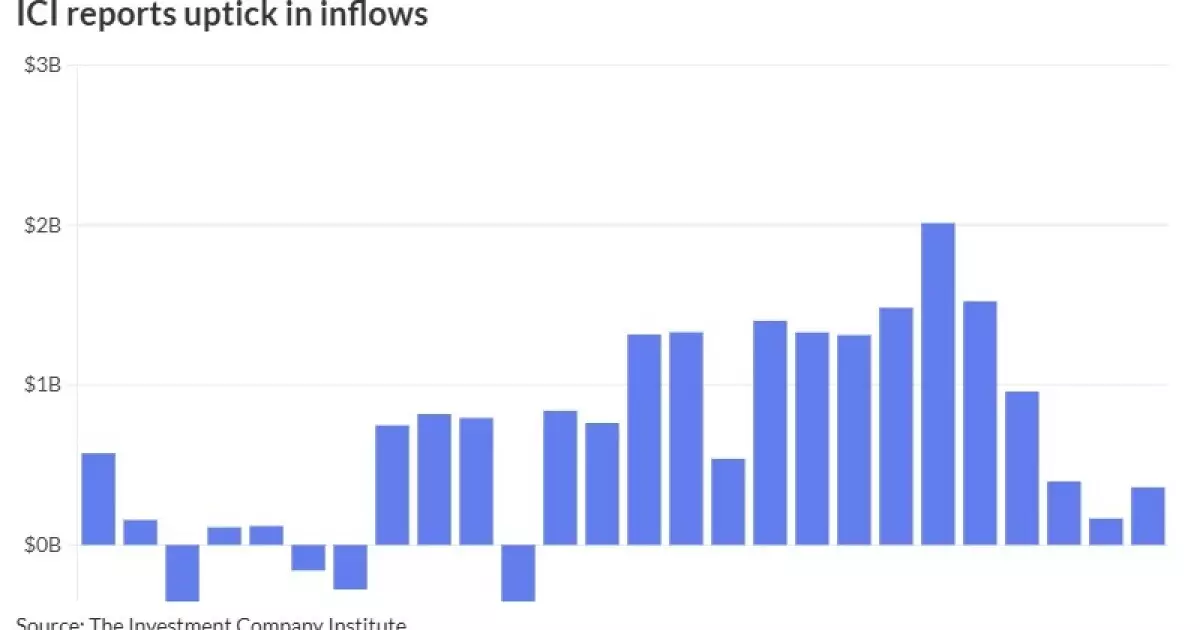Municipal Bond Market Dynamics: Analyzing Recent Trends

The municipal bond market has demonstrated resilience and vigor amid a challenging economic landscape. Recent developments have shown a continued divergence between municipal bonds and U.S. Treasury securities, with the former outperforming the latter. This article delves into the trends shaping the current state of municipal bonds, focusing on yields, inflows, and the implications for investors.
The latest measurements indicate that municipal bond yield curves, particularly those rated triple-A, have remained remarkably stable, barely trembling while U.S. Treasury yields have dipped by three to four basis points along the curve. The consistent yields in the municipal sector have caused ratios, which compare municipal yields to those of Treasuries, to inch lower. For instance, the two-year municipal-to-U.S. Treasury ratio settled at 61 percent, while the 30-year ratio stood at 82 percent according to data from Refinitiv Municipal Market Data. These statistical relationships serve as critical indicators for investors evaluating the relative attractiveness of municipal bonds against their Treasury counterparts.
Despite the slight underperformance in terms of yields against a backdrop of fluctuating Treasury returns, the municipal market has outperformed USTs in total return, with investment-grade municipal bonds displaying a positive return of 0.81 percent for November alone, and 1.63 percent year-to-date. In contrast, USTs have faced negative returns of -0.40 percent in November, shedding light on the comparative strength of the municipal bond market amid broader economic uncertainty.
Investor Sentiment and Market Inflows
A notable trend in recent weeks has been the influx of capital into municipal bond mutual funds. The Investment Company Institute reported inflows of $360 million for the week ending November 13, building on a previous week’s inflow of $165 million. This sequence of 14 weeks of consistent inflows suggests a steadfast investor sentiment favoring municipal bonds, which is often perceived as a safer harbor amid turbulent financial conditions.
Interestingly, exchange-traded funds (ETFs) have not experienced the same level of enthusiasm, recording a more modest inflow of $351 million compared to the significantly higher inflows seen in prior weeks. Meanwhile, the money market funds reported $88.2 million in outflows, predominantly influenced by national retail funds, a trend that indicates caution among investors. As total assets under management for money market funds decreased to $136.106 billion, the average simple yield for tax-free and municipal money-market funds rose to 2.95 percent, marking a critical gauge for market health and investor confidence.
Investors’ quest for yield has driven substantial interest in the high-yield municipal bond sector, with consistent gains noted throughout the year. Kim Olsan, a senior fixed-income portfolio manager at NewSquare Capital, emphasizes that traditional and crossover buyers are actively engaging with high-yield offerings, contributing to nearly a 7 percent gain for the sector to date. This search for yield is particularly poignant against a backdrop of lackluster returns from other investment vehicles such as the Bloomberg Barclays High Yield Corporate index and the Long Investment Grade index.
The competitive landscape is further complicated by attractive offerings in regions such as Texas and Illinois, with Houston Airport bonds yielding comparatively higher returns than other similarly rated securities. Olsan notes that this comparative analysis of bonds from different issuers highlights opportunities for diversified investment strategies which may appeal to a range of buyers.
Looking ahead, the general consensus is that while the outlook for generic General Obligation (GO) bonds and essential service sales may appear restricted, this environment may concurrently lend support to bid-side dynamics in the municipal market. As growth in capital markets remains uneven, municipal bond gains have been aligned with revenue trends, albeit with a slight lag on a year-to-date basis.
In the primary market, large bond offerings have made headlines, such as Connecticut’s $606 million transportation infrastructure bonds and Omaha Airport’s substantial revenue bond issuance. These high-profile transactions signal a robust appetite for funding essential projects, reinforcing the vital role of municipal bonds in financing infrastructure amid increasing public spending needs.
The municipal bond market stands at a pivotal junction, characterized by stability in yields, substantial investor inflows, and a competitive high-yield sector. As market conditions evolve, the strategic positioning of municipal bonds may offer unique opportunities for both yield-seeking and risk-averse investors alike. Keeping an eye on these developments will be essential for those navigating the complex landscape of fixed-income investments.





